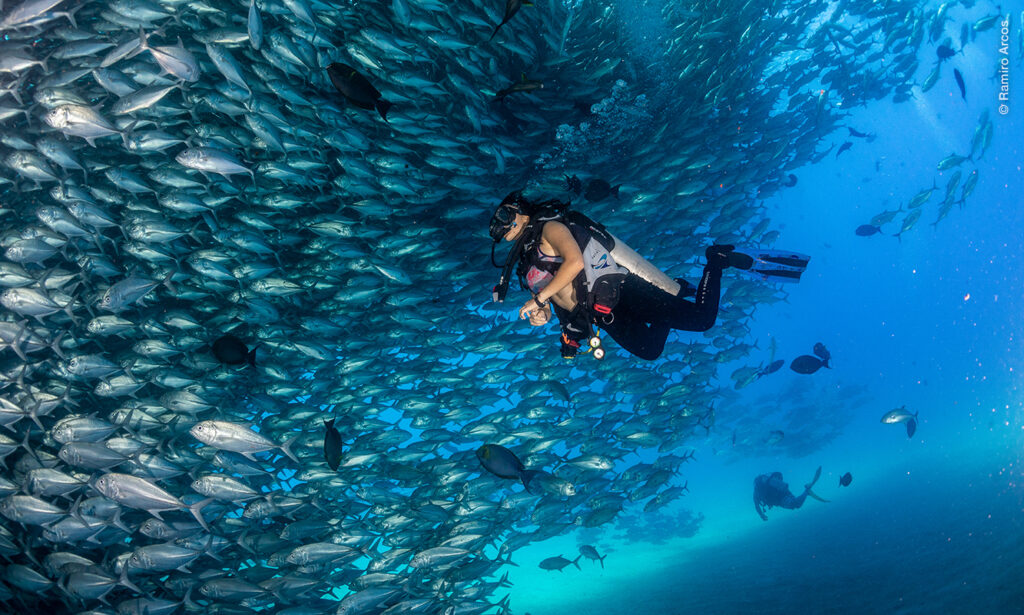Los Cabos
Los Cabos is the region at the end of the Peninsula of Baja California. Where the natural landscape and seascape are just spectacular – the desert meets the sea in San José del Cabo, and life shines with every wave.
Admired for their beauty, Los Cabos has been named among the world’s top best travel destinations, and it’s a preferred retirement spot for the U. S. and Canadian citizens looking to wake up every day to a warm, beautiful, and calming second home. However, it’s marine and terrestrial life are being threatened by factors such as the lack of state resources caused by the impact of the COVID-19 in Mexico and the strong development of real estate and construction, among others.
Actions for a sustainable future in Los Cabos
Rather than focusing on these problems, we invite you to go beyond the admiration and love we all have for the region. Today we ask you to take action and contribute to change.
Your charitable support can help promote the development of practices compatible with the protection of the natural wealth, improve planning and education for conservation. For over 30 years Pronatura Noroeste has been working, educating and protecting the Los Cabos region.
We need more than love and great memories
Cabo Pulmo, once again threatened
Considered a remarkable conservation success story, Cabo Pulmo was once critically endangered due to questionable fishing practices and lack of environmental consciousness of both locals and tourists.
Bringing back the majestic diversity and natural beauty to Cabo Pulmo has been a combined effort of over 20 years, led by Pronatura Noroeste, with the local community and Mexican authorities, be educating, promoting sustainable practices, and supporting the protection and conservation of what is known today as Cabo Pulmo’s National Marine Park.
However, conservation is a never-ending effort. After all these efforts, the natural wealth of Cabo Pulmo is once again threatened by factors such as the lack of state resources caused by the impact of the COVID-19 in Mexico and the strong development of real estate and construction to meet the tourist demand, among others.
These turquoise waters that mark the hearts of hundreds of thousands of people who visit it annually are urgently needing everyone’s attention. Conservation initiatives are exhaustive and expensive as they also involve the continued education of tourists and the local community.
Education and collective conscience for San José del Cabo
The San José River runs through the mountains of southern Baja California to the edge of the Sea of Cortez, joining fresh water with the sea, and forms this spectacular estuary that is home to hundreds of species of marine life in a unique ecosystem. However, not everything is so beautiful: the estuary today is heavily polluted and endangered.
Pronatura Noroeste works constantly every day to prevent this vital and unique area from deteriorating to the point of being lost. Education and collective conscience are essential in order not to lose San José del Cabo.
This is what we need you for. We need your help to ensure a future where the wildlife in this beautiful ecosystem is being taken care of, preserved carefully and conserved.
Recover, protect and preserve Cabo San Lucas’ natural wealth
Hundreds of birds, plants, fishes, reptiles, insects and amphibians have been found in this beautiful piece of land. Recognized as an important territory for bird migration and for marine life to hatch, this territory and thus its wildlife, is endangered due to pollution, lack of education and sensibilization.
Pronatura’s mission is to recover, maintain and conserve this territory in order to ensure its normal functioning and to stabilize the damages that have been done to it, so we can keep appreciating its beauty.
Conservation is a never-ending effort
Development should not be a synonym for destruction. Nature is our greatest gift and it’s our job to protect it and to take care of it.













